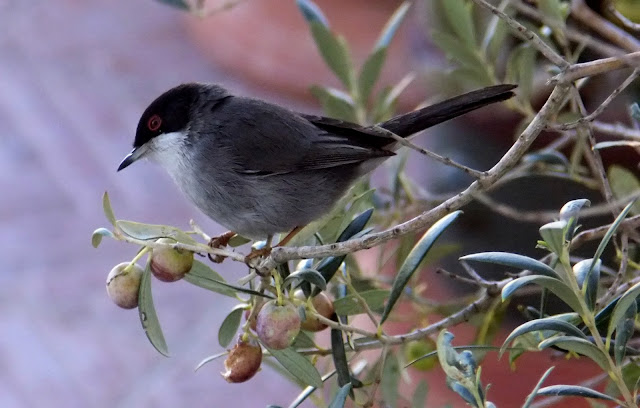This Blog contains Wildlife, Plants and Bird Photos from Walks, Safaris, Birding Trips and Vacations. Most of the pictures have been taken with my Nikon P900 and P950X cameras. Just click on any image for a larger picture. On the right column under the Blog Archive are the entries by date. Below that under Animal categories all the diffent species of Animals, Birds, Insects and Plants contained in the website are listed. Clicking on any entry will show all the entries for that species.
TOTAL PAGEVIEWS
TRANSLATE
Saturday, 14 January 2017
14-1-2017 KIKOPORT OLIVA, VALENCIA - EUROPEAN STONECHAT (FEMALE) (Saxicola rubicola)
14-1-2017 KIKOPORT OLIVA, VALENCIA - COMMON KINGFISHER (FEMALE) (Alcedo atthis)
12-1-2017 ALBUFERA, VALENCIA - BLACK KITE (Milvus migrans)
Friday, 13 January 2017
12-1-2017 ALBUFERA, VALENCIA - WHITE WAGTAIL (Motacilla alba)
12-1-2017 ALBUFERA, VALENCIA - LITTLE EGRET (Egretta garzetta)
12-1-2017 ALBUFERA, VALENCIA - GREY HERON (Ardea cinerea)
12-1-2017 ALBUFERA, VALENCIA - GLOSSY IBIS (Plegadis falcinellus)
12-1-2017 ALBUFERA, VALENCIA - WESTERN CATTLE EGRET (Bubulcus ibis ssp. ibis)
12-1-2017 ALBUFERA, VALENCIA - BLACK HEADED GULL (Chroicocephalus ridibundus)
12-1-2017 ALBUFERA, VALENCIA - EURASIAN KESTREL (Falco tinnunculus)
12-1-2017 ALBUFERA, VALENCIA - EURASIAN HOOPOE (Upupa epops)
Thursday, 12 January 2017
12-1-2017 ALBUFERA, VALENCIA - EUROPEAN STONECHAT (FEMALE) (Saxicola rubicola)
The European stonechat, Saxicola rubicola, is a small, charming passerine bird, once thought to be a member of the thrush family but now placed within the Old World flycatcher family, Muscicapidae. This species exhibits a striking sexual dimorphism, with males donning a black plumage with vibrant orange throats and females wearing a more subdued brown.
Males in their summer plumage are unmistakable with their black heads, orange throats, and white bellies. They also sport a distinctive white half-collar and small white patches on the wings and rump. Females, on the other hand, are predominantly brown with less pronounced white wing patches. Both sexes have notably short wings, which are shorter than those of their migratory relatives.
The European stonechat favors heathlands, coastal dunes, and open grasslands dotted with shrubs, brambles, and heather. These habitats provide the perfect backdrop for their active foraging and breeding behaviors.
This species is widely distributed across Europe, reaching as far east as Ukraine and the South Caucasus, and can also be found in parts of North Africa.
%20(Saxicola%20rubicola)%2020.jpg)
%20(Saxicola%20rubicola)%2021.jpg)
%20(Alcedo%20atthis)%2020.jpg)
%20(Alcedo%20atthis)%2021.jpg)
















%2020.jpg)
%2023.jpg)
%2024.jpg)




%20(Saxicola%20rubicola)%2020.jpg)
%2019.jpg)
%2020.jpg)
%2021.jpg)
%2020.jpg)







%2020.jpg)
%20(Phoenicurus%20ochruros)%2020.jpg)
%20(Phoenicurus%20ochruros)%2021.jpg)




